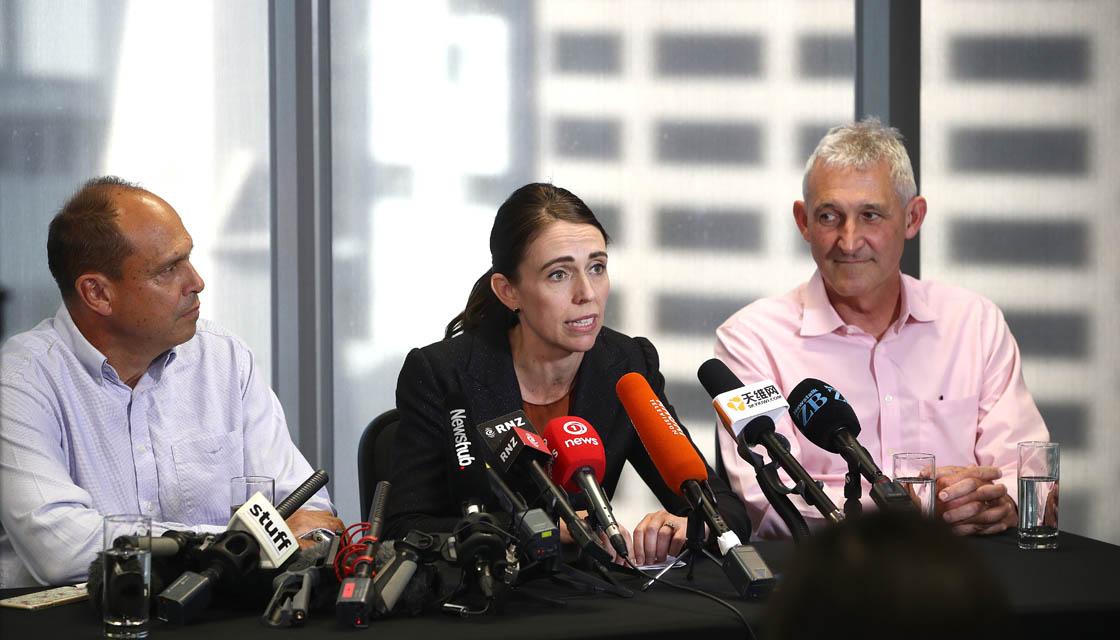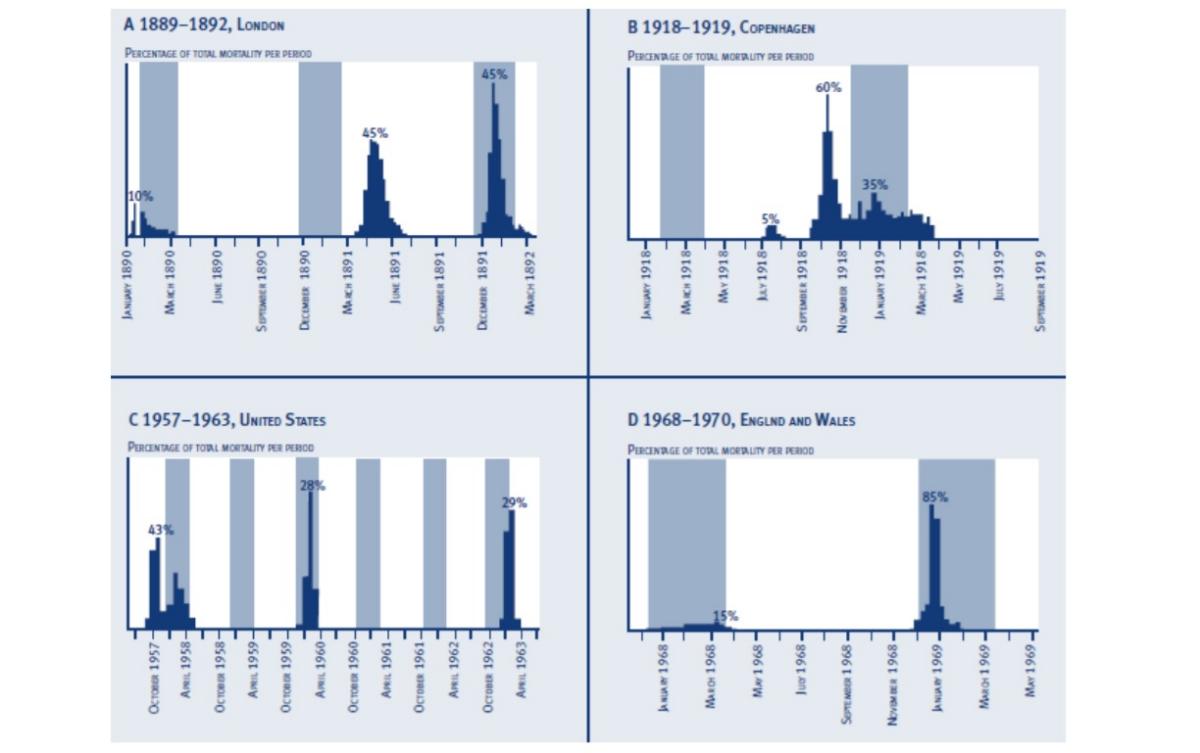The novel coronavirus COVID-19 has spread across the globe, reaching New Zealand's shores last month - and if things get bad, the Government could exercise powers written in its flu pandemic plan, including forced inspections and mandatory isolation.
It's written in the New Zealand Influenza Pandemic Plan: A framework for action (NZIPAP), last updated in 2017, which sets out the measures to be taken by the Government to prepare for and respond to an influenza pandemic.
Prime Minister Jacinda Ardern has already exercised border controls to keep COVID-19 out, confirming this week that a temporary travel ban on China and Iran will remain until further notice, and arrivals from South Korea and Italy will have to self-isolate for 14 days.
In the case of a virus spreading throughout New Zealand, the Government could consider exercising "special powers" to be authorised by the Ministry of Health, or by an epidemic notice, or where an emergency has been declared.
Those 'special powers' include:
- the power for medical health officers to enter any premises if there's reason to believe a person has been exposed to the illness
- the power to require the quarantine of people, buildings, ships, aircraft, animals, and more
- the power to prescribe preventative treatment to anyone who has been isolated or in quarantine and require them to stay there until the illness has cleared
- the power to claim the use of properties and vehicles for accommodation, treatment and transport of patients
- the power to close schools and other premises - an order which can be published in a newspaper or broadcast by TV or radio
What's the likelihood of this?
The pandemic plan is based on a model where 40 percent of the population - more than 1.9 million people - become ill over an eight-week period.
It assumes a death rate of 2 percent, with about 38,000 deaths over the eight-week period, peaking at about 23,500 in week four. That's compared with New Zealand's normal weekly death rate of around 599.
The Prime Minister can issue an epidemic notice only when recommended to do so by the Ministry of Health's Director-General of Health, currently Dr Ashley Bloomfield.
When an epidemic notice has been issued, the "special powers" for medical officers of health under the Health Act 1956 are authorised, in which case you could find yourself at the mercy of the aforementioned measures.
- Coronavirus: Man with coronavirus attended Tool concert
- Third COVID-19 case was transmitted via family
- New Zealand 'equipped to deal' with coronavirus amid second case
- Coronavirus is bringing the worst out in people
The Civil Defence Emergency Management Act 2002 also gives Civil Defence the power to declare a state of local emergency, and that includes powers such as closing streets, entering premises, and conserving essential supplies.
In the event of a serious virus pandemic, the National Security System would be used, as it would after an act of terrorism or other type of outbreak.

The last time the National Security System was initiated was on March 15, 2019, after a gunman shot dead 51 people at two mosques in Christchurch, sparking an emergency meeting of heads of relevant agencies at Parliament's bunker.
The Officials Committee for Domestic and External Security Coordination, or ODESC, is a committee of chief executives which manages national security in New Zealand.
It would activate the National Crisis Management Centre on the recommendation of the lead agency - which in this case would be the Ministry of Health - during an emergency response.
ODESC's role in pandemic planning is to "ensure all-of-government activities are effective and coordinated, and to advise the National Security System of issues as necessary" and "minimise the social disruption and economic impact of a pandemic".
The Government's pandemic plan takes lessons learned from the 2009 'Swine Flu' response, and looks even further back to the three major flu pandemics in the 20th century, reaching New Zealand in 1918, 1957 and 1968.

It's estimated the 1918 pandemic, or 'Spanish Flu', killed between 50 million and 100 million people worldwide. It infected between a third and one half of New Zealand's population, causing about 8000 deaths, of which at least 2160 were Māori.
Public health knowledge was limited at the time and doctors were overwhelmed, able to do little to stop the infection spreading. Throat-sprays were handed out that likely spread the virus around even more.
By comparison, Swine Flu appeared in early 2009 and vaccines were administered by November that year, hence a much lower death rate of between 150,000 and 575,000 people worldwide.
The New Zealand pandemic plan notes that the Swine Flu outbreak "reminds us that some pandemics may have only a small impact on death rates".
You can track COVID-19 confirmed cases and deaths here.






